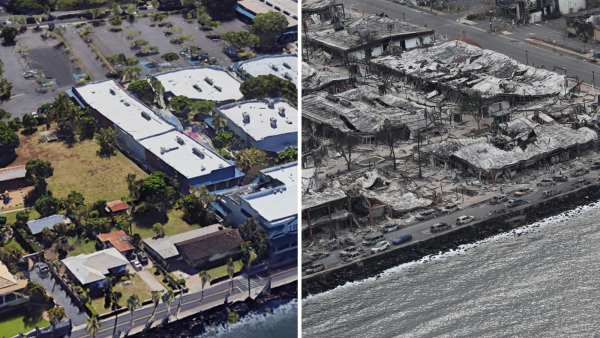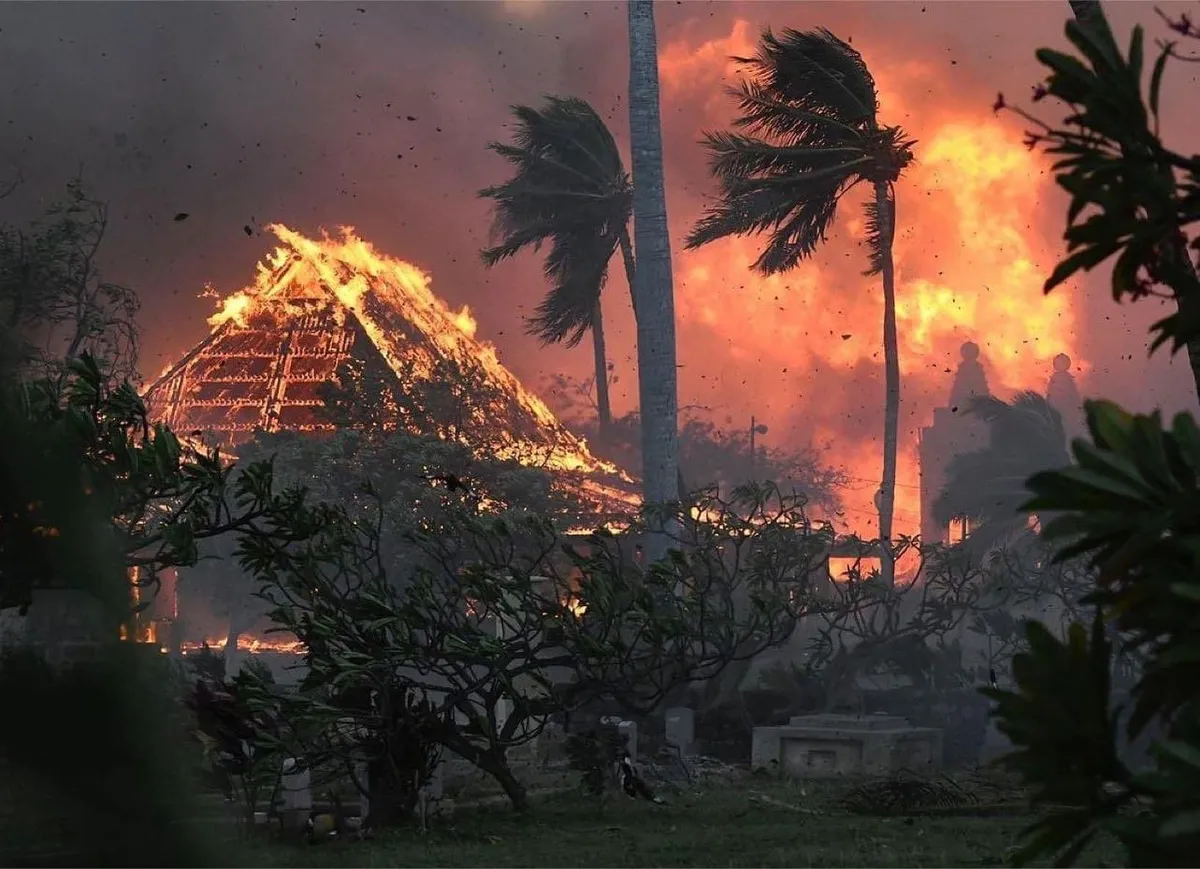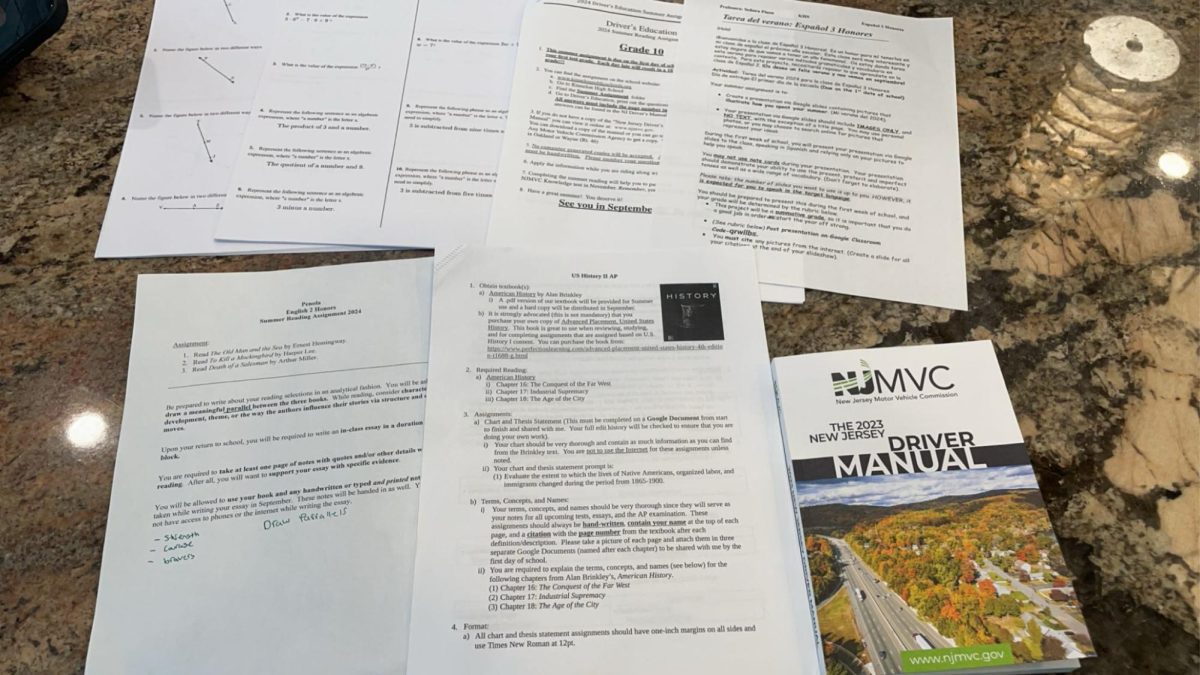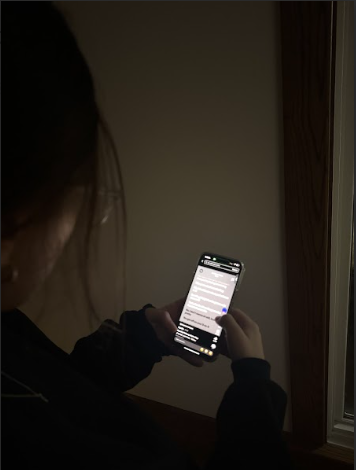As Hurricane Dora swept past the Hawaiian islands a week ago, wildfires erupted across Hawaii with the largest fires on the island of Maui. The blazing fire had torn through homes and storefronts, with residents jumping into the ocean to escape the fires. As of late Monday, the Lahaina fire was 85% contained, the Upcountry Maui fire was 65% contained and the Pulehu/Kihei fire was 100% contained but not yet extinguished.
For much of the week, communications and phone services were down and residents were unable to get help from local authorities. Supplies were running low and buildings and airports were being used as makeshift shelters to treat burn victims.
The Washington Post cites Hurricane Dora as the pivotal event that led to the devastating fires, with the fallen power lines and dry winds setting the Maui landscape ablaze on Aug. 8. Unfortunately, wildfires of this magnitude are becoming more and more common, as wildfires across Canada and California destroyed buildings and wildlife and have worsened the air quality for weeks in cities like Chicago and the East Coast.
Climate change has also been a driving cause of the wildfires in Hawaii and others similar to it. CBS News states: “Climate change not only increases the fire risk by driving up temperatures but also makes stronger hurricanes more likely. In turn, those storms could fuel stronger wind events like the one behind the Maui fires.”

As of Monday afternoon, the death toll has reached 99, but Hawaii Gov. Josh Green told CNN the death toll could increase “very significantly” and could double over the next 10 days as officials begin to search the destroyed areas of Maui to look for possible survivors and identify the deceased.
More than 2,700 structures have been damaged or destroyed with more than 2,100 acres burned as of Monday and the destruction continues as the days pass. The fires have laid irreparable damage to Maui’s lush landscape, and replanting is sure to take months or even years. Thousands of families across the state have lost their homes and livelihoods and will be needing housing for the next 36 weeks as the community starts to rebuild.
On the contrary, donations from social media seemed to pour in almost immediately — with the Hawai’i Community Foundation raising more than $17 million as of Friday for its Maui Strong Fund — while government officials took days to finally reach, much to the anger of users online. They have also criticized the failures of Hawaiian Electric, which operates the island’s power utility, by not shutting off power despite warnings of critical fire conditions from Hurricane Dora, which could’ve averted the current horrific situation.
Even in the highest parts of government, there is deafening silence and no strong action being taken to prevent another situation. On Sunday, President Joe Biden responded with “No. No comment.” over questions about the rising death toll in Maui.
Especially after President Biden’s signing of the Willow Project, it seems like the battle against climate change isn’t moving forward but hurtling back.
This is not an isolated incident, but a list of disasters getting longer as climate change gets worse. As long as nothing is done by the government to curb the warming temperatures, then the tragedy in Maui is certain to happen again.
To donate please visit this Honolulu Civil Beats article for a list of ways to help support the victims in Maui.









